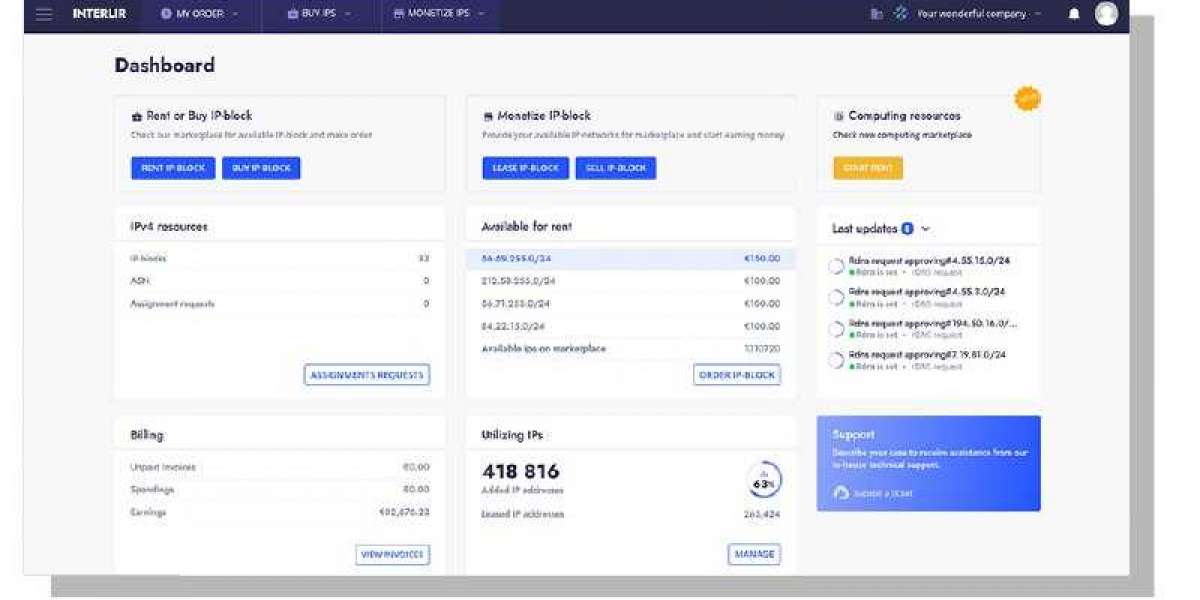Growth and Trends in the Non Mydriatic Fundus Camera Industry
The Non Mydriatic Fundus Camera Industry is witnessing significant expansion due to the rising prevalence of eye disorders, increasing demand for non-invasive diagnostic tools, and advancements in imaging technologies. These cameras allow ophthalmologists to capture high-resolution retinal images efficiently, reducing patient discomfort and improving workflow.
Technological integration with related markets such as the Set-Top Box (STB) Market and UK Fuel Card Market is fostering innovations in connectivity, data management, and system efficiency. Additionally, emerging devices like the viva camera are further enhancing diagnostic precision and portability for medical practitioners.
Key Market Drivers
Increasing Prevalence of Eye Disorders
Rising cases of diabetes, glaucoma, and macular degeneration are driving demand for early retinal screening and monitoring.Non-Invasive and Patient-Friendly Technology
These cameras eliminate the need for pupil dilation, improving patient comfort and compliance.Technological Advancements
Enhanced image resolution, portability, and integration with digital health platforms improve diagnostic capabilities and accessibility.Expanding Healthcare Infrastructure
Hospitals, clinics, and specialized eye care centers are increasingly adopting fundus cameras to enhance diagnostic services.
Opportunities and Challenges
High costs of advanced imaging systems and the need for skilled operators are notable challenges. However, opportunities abound in expanding teleophthalmology, portable fundus camera adoption, and integration with digital health networks. Innovations in connectivity, imaging software, and patient management systems continue to strengthen market potential.
Conclusion
The Non Mydriatic Fundus Camera Industry is reshaping eye care by combining precision, efficiency, and patient comfort. With continuous technological advancements and integration with healthcare and digital platforms, fundus cameras are set to become indispensable tools for early diagnosis and effective management of ocular conditions.
FAQs
Q1: What are the benefits of non mydriatic fundus cameras?
A: They provide high-resolution retinal images without pupil dilation, improving patient comfort and enabling efficient diagnostics.
Q2: How are related markets like set-top boxes and fuel cards influencing fundus camera systems?
A: They contribute to enhanced connectivity, data management, and integration with telehealth platforms for better healthcare delivery.
Q3: What challenges does the non mydriatic fundus camera market face?
A: High costs, requirement for trained operators, and technology adoption barriers are primary challenges, though innovations like the viva camera are mitigating these issues.





